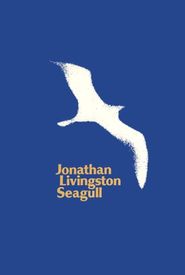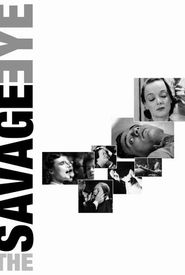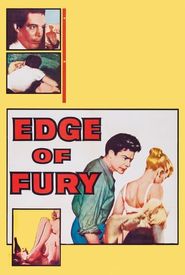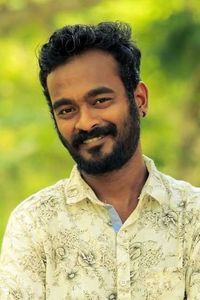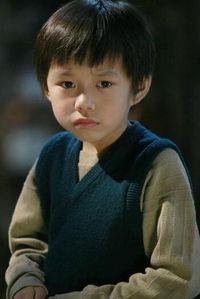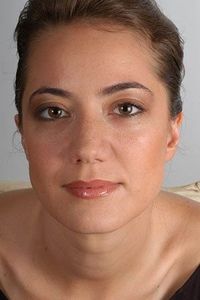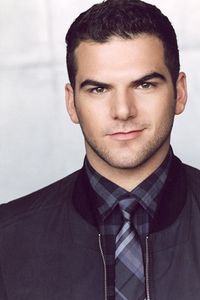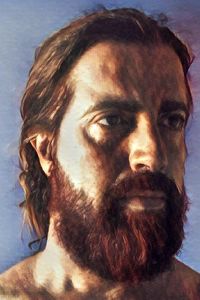Jack Couffer was born on December 7, 1924, in Upland, California, and grew up near the foothills in Glendale. He became fascinated with natural history and raised various animals, including hawks, owls, squirrels, skunks, and coyotes.
During his high school years, Jack worked as a student assistant at the Los Angeles County Museum of Natural History. It was on his 17th birthday, during a museum collecting trip to California's Channel Islands, that Japan attacked Pearl Harbor.
The museum party was marooned for two weeks on Santa Rosa Island, as all West Coast ports were immediately closed following the attack. Jack's mentor, an expert on bats, was approached by the War Department to research a secret project that would use bats as carriers of miniature incendiary bombs.
As part of this team, Jack was drafted into the army in June 1943, a few months before high school graduation. Half of his military service was spent on this seemingly nutty, but surprisingly valid, idea. The remainder of his military duty was as a crewman on high-speed PT-type air-sea rescue boats.
After the war, Jack worked as a commercial fisherman and paid crewman on yachts. In December 1947, he married Joan Burger. Shortly thereafter, while living aboard their schooner, he enrolled at the University of Southern California to major in zoology.
However, he attended a lecture in the new Department of Cinema Studies and fell under the exciting teaching gift of department head Slavko Vorkapich. Jack collaborated with two fellow students, Conrad Hall and Marvin R. Weinstein, in a class project that won the first ASC student film award and sold to TV.
Flush with this success, the partners formed a production company, Canyon Films, and became entrepreneurs while still university students. At USC, Jack became friends with practicing filmmaker/instructors Irving Lerner, Andrew Marton, Laslo Benedek, and Stirling Silliphant.
Lerner employed the partners of Canyon Films as the production team on a feature shot in South Carolina called Edge of Fury (1958). There, Jack met young actress Jean Allison, who he would meet again 45 years later.
Jack's son, Mike Couffer, was born on January 7, 1962, and, as a teenager, collaborated with his father on a series of natural history adventure books for children.
With his abilities as both a naturalist and filmmaker, Jack joined Walt Disney Studios as a cameraman on the early "True-Life Adventure" series. One of the great experiences of their early careers was a Disney assignment in the Galapagos Islands, where they lived off the land and filmed wildlife for nearly a year.
Jack worked at Disney for more than ten years in a variety of functions--writer, director, producer, cameraman--and participated in the making of more than two dozen movies. He separated from Joan in 1975.
Since then, he has worked on TV and feature films for most of Hollywood's major production companies and many independents. He has published 11 books of both fiction and non-fiction. His travels took him to Africa in 1972, where he fell in love with the country and a lady at the same time.
He lived in Kenya for 32 years and 'Marchesa Sieuwke Bisleti' was his companion until her death in February 2005. Jack is now sharing his life in California with retired actress Jean Allison, who was the ingénue in the first feature film he shot.

